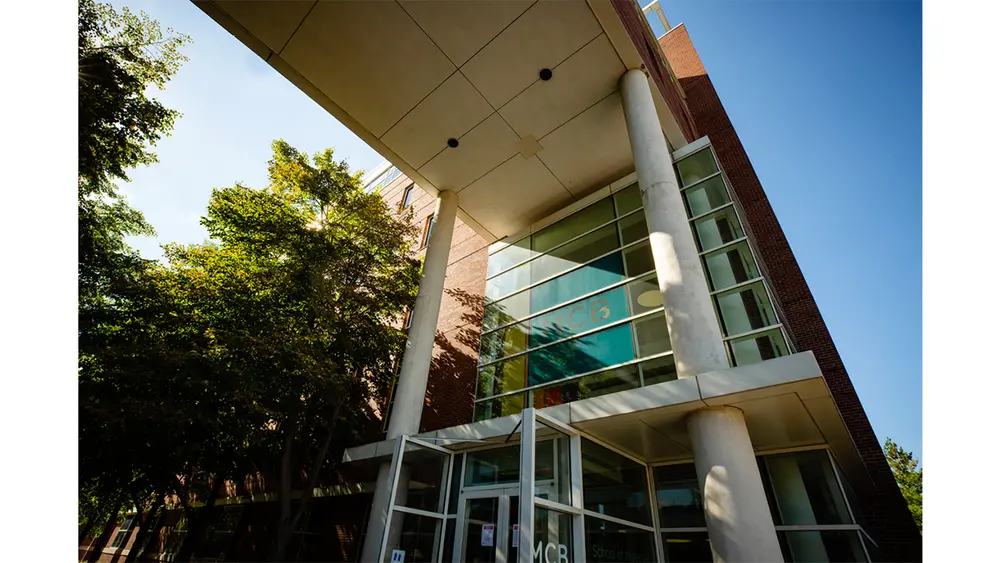
An in-depth understanding of any machine requires classification of the individual parts, knowledge on how the components connect, and recognition of the mechanisms propelling the assembled pieces into a running unit. As biologist we have made admirable progress in naming the numerous physical factors constituting cells as well as rendering annotated maps on how these subunits arrange into distinct structures or pathways. Yet, our grasp of the cellular properties sustaining a cell system in an active, working state is limited.
An in-depth understanding of any machine requires classification of the individual parts, knowledge on how the components connect, and recognition of the mechanisms propelling the assembled pieces into a running unit. As biologist we have made admirable progress in naming the numerous physical factors constituting cells as well as rendering annotated maps on how these subunits arrange into distinct structures or pathways. Yet, our grasp of the cellular properties sustaining a cell system in an active, working state is limited. In the current study, we show that the p23 molecular chaperone initiates disassembly of protein-DNA complexes and that the GCN5 acetyltransferase prolongs the dissociated state through lysine acetylation. By modulating the DNA bound-state, we found that the conserved and essential joint activities of p23 and GCN5 impacted transcription factor activation potential and response time to an environmental cue. Notably, p23 and GCN5 were required to maintain open chromatin regions along the genome indicating that dynamic protein behavior is a critical feature of various DNA-associated events. Our data support a model in which p23 and GCN5 regulate diverse multi-step pathways by controlling the longevity of numerous, heterologous protein-DNA interactions.—Brian Freeman